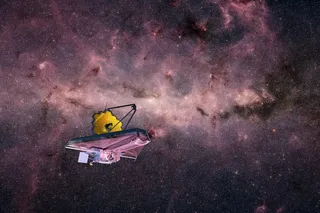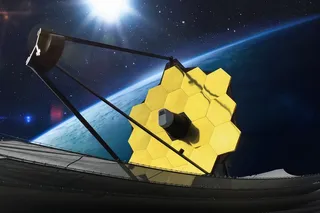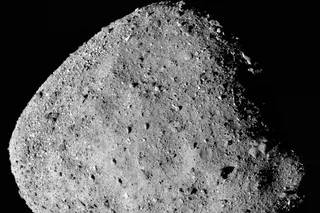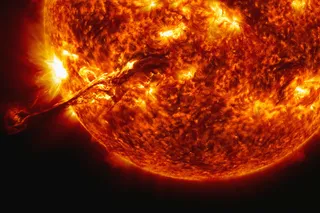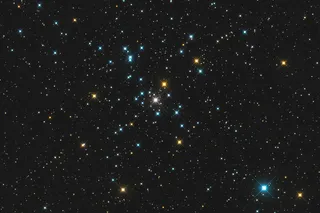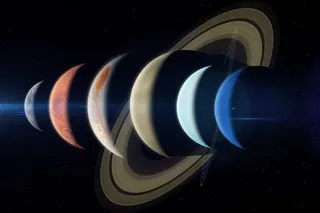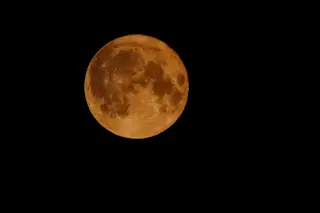Comet Lovejoy was only discovered in late November, but it's had quite a ride. It was quickly determined to be a Sun-grazer, the kind of comet that plunges down very close to the Sun in its orbit. The date of this solar close encounter: yesterday!
That's a shot of it using SOHO, a solar observatory orbiting the Sun. The Sun itself is blocked by a mask, and the white circle represents its outline. The comet is obvious enough! The line through the top of it is not real; that's called blooming and it happens sometimes when a bright object is seen by a digital detector. The electrons in the chip overflow the pixels and leak into adjacent ones. The comet got very bright as it neared the Sun, almost as bright as Venus! This picture, taken on December 15th at 22:36 UT, was shortly before closest approach: a mere 180,000 ...


